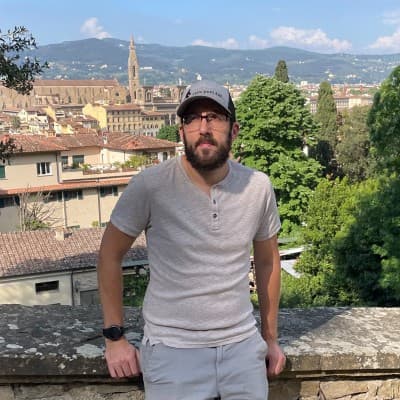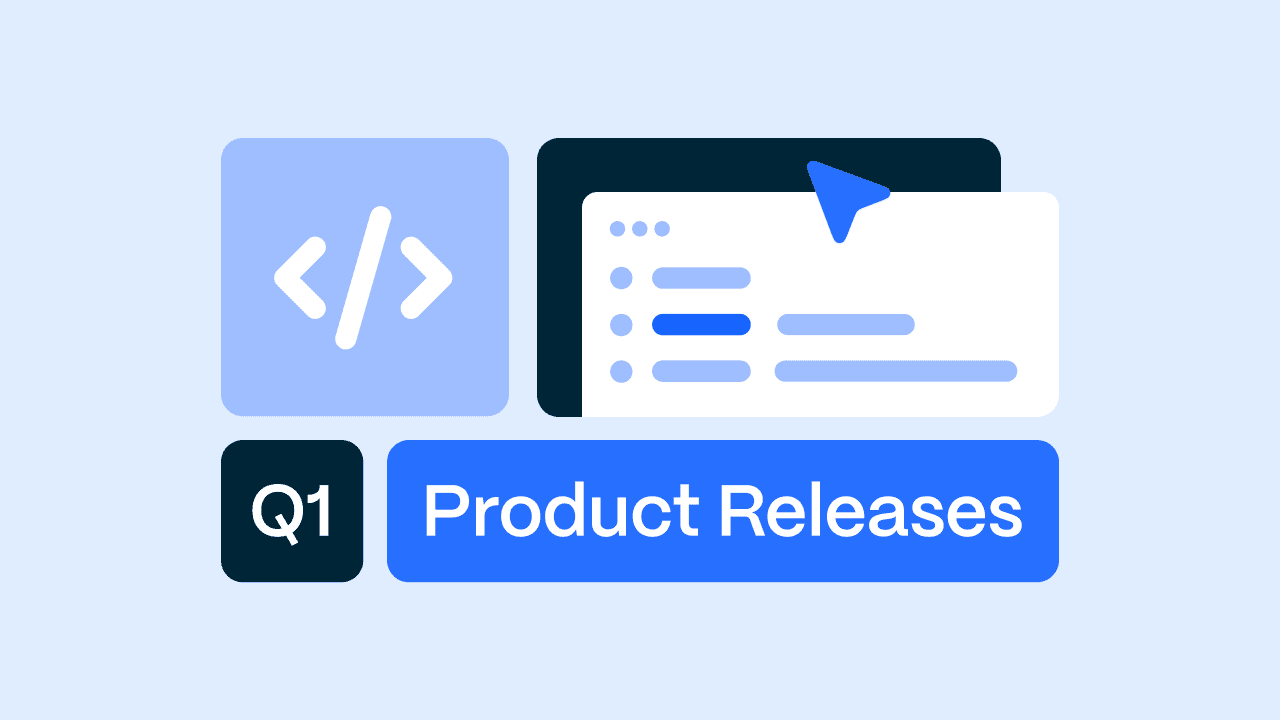Moving to a Proactive State of Compliance
Apart from being manual, traditional compliance's reactive nature can leave your organization at risk. Keep reading to learn how organizations are moving to proactive, continuous compliance.
There are many ways to view risk and compliance. For some, it can be treated as a checkbox that organizations must mark off. But for others, compliance is perceived as a trust-building exercise that accelerates the business. The difference? Program maturity and related capabilities.
This is the first article in a series associated with our forthcoming 2023 Compliance Trends Report, set to be released at the end of January. The report will offer new data-backed guidance from established organizations that detail the role trust plays in their organization, how risk and compliance are intertwined with organizational trust, and areas they are investing in to mature related programs further.
Like all cybersecurity and adjacent concepts, program maturity is often connected between people, processes, and technology. Teams and organizations must strike a balance between all three and directly align them with business goals. Without jumping on the soapbox, technology specifically is listed last as it’s critical to understand the needs of your staff and build related processes before introducing new technology—end rant.
Regarding risk and compliance, related policies and procedures should not slow the business down or create barriers for staff. On the other hand, security, IT, and GRC teams also can’t cut corners without increasing risk, which may negatively impact organizational trust.
Achieving Continuous Compliance
The journey towards continuous compliance reduces many of the risks associated with traditional compliance and indicates signs of business acceleration.
The primary difference? Continuous compliance offers constant verification and visibility into the status of controls and does so in a scalable way. Traditional compliance is manual and attached to specific windows of time.
Plainly said, traditional compliance is reactive, whereas continuous compliance is action-based or proactive.
According to the 2023 Compliance Trends Report, four out of five organizations have indicated negative consequences due to a reactive or manual approach to compliance. This ranged from slower sales cycles (41%), security incidents (40%), and fines (24%).
As mentioned, compliance maturity is directly associated with people (staff) and processes; however, it can’t scale without technology. Processes and staff alone cannot sufficiently fulfill the requirements to achieve continuous compliance. Technology plays a critical role, in particular, automation.
This state of maturity does require all three elements. It would be improbable and inefficient to build a program that requires dozens, if not hundreds, of governance personnel to check the daily status of systems manually, to reach out to multiple stakeholders for daily updates on personnel, or to pull engineers away from work to manually review the status of something like an encrypted AWS bucket.
A survey of 300 IT, security, and GRC professionals from established organizations indicate that achieving continuous compliance will improve their security posture—while noting that standard compliance practices are not cybersecurity in and of itself—and build trust. In a world of Zero Trust, it’s challenging to start with a baseline of zero and climb the mountain required to close deals and establish relationships, but respondents feel continuous compliance opens those doors.
Compliance Beyond the Audit
One of the more significant benefits of moving to a proactive state of compliance maturity (continuous compliance in particular) is what happens after the audit: continuous verification and transparency.
For organizations who feel compliance is a burden or a checkbox, it’s not surprising to see they follow a traditional or manual approach to compliance. This reactive approach creates risk blindspots, does not scale well, and realistically only offers validation within snapshots of time.
Take, for example, a SOC 2 report. The audit and evidence collection window can range from weeks to months, the audit is conducted, and the findings are put in a static report.
That report is an excellent resource for everything that occurred leading up to publication, but how soon after is it possible for an organizational change to occur and not be reflected in it? Be it a day (personnel change), weeks (encryption status of newly spun up cloud environment), or months (introduction of new technology or sub-processors), traditional compliance is not designed for this level of visibility. Again, this can lead to risk and organization blind spots to occur, slowing down sales and partnerships and impacting organizational trust.
According to the 2023 Compliance Trends Report, 60% of organizations align with this mentality, meaning they only review the status of controls once a month or once a quarter. If you want to hit the e-brake on your sales and business momentum, traditional or manual compliance is an easy way to do it.
Conversely, organizations with mature compliance programs with the right continuous compliance approach can easily navigate these blockers and accelerate business in many cases. According to the report, 100% of organizations who have yet to achieve continuous compliance see value in the approach and have called out benefits such as increased visibility into their security posture, increased internal trust from leadership, and even as a competitive differentiator in sales opportunities.
Through automation and system integrations across your tech stack, related teams have continuous visibility into controls and verification of their status, sales teams are enabled with easy access to information that fills the gaps between static reports, and others can even embrace a system like Drata’s Trust Center to provide at-will access to the constant status of controls.
2023 Compliance Trends Report
Later this month, Drata will publish our first research report of the year, the 2023 Compliance Trends Report. Stay tuned to Drata’s blog, Trusted, as we release findings from the report, detail where you can access it, and announce upcoming webinars associated with it. To discuss this article and findings from the report, join our community Secured.
Put Security & Compliance on Autopilot®
Close more sales and build trust faster while eliminating hundreds of hours of manual work to maintain compliance.







